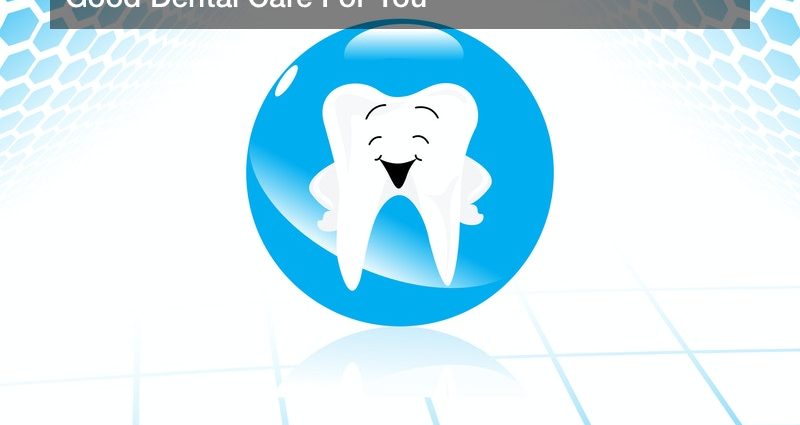
Most Americans care deeply about the health of their teeth. After all, tooth problems can be painful and distressing, not to mention expensive to take care of at the dentist’s office. Besides that, a mouth of healthy, attractive teeth is important for a person’s image, and discolored, damaged, or missing teeth can hurt a person’s social standing from job interviews to dates. Many millions of Americans visit a general dentist once or twice a year, and there, they may get a routine checkup or dental implants put in. Cosmetic dentistry is another popular route, and crowns and caps might also be fitted if needed. When is it time for a dental implant, or other dental care? There’s a lot to know.
Dental Implants For You
Who needs dental implants? Most often, dental implants are put in to replace missing teeth or even entire rows of missing teeth, and this can work out quite effectively. Scientific literature has shown that dental implants have a success rate close to 98%, and nearly three million Americans currently have dental implants. That number grows by around 500,000 per year.
One type of dental implant is a dental bridge. This is used to replace a single missing tooth, and such a bridge consists of a false tooth modeled after the patient’s real teeth. This false tooth is anchored in place by two caps that fit snugly over the real teeth flanking the gap, and such a bridge can easily restore a person’s mouth of teeth. This can make eating, speech, and smiles easier. A patient might have a temporary, placeholder dental bridge put in place while their real teeth are used as a mold to create the real thing.
In other cases, a person may want dentures. Like bridges, dentures can replace missing teeth, but dentures can replace entire rows of teeth or even the entire mouth’s worth if needed. Most often, it is the elderly who buy and use dentures, and dentures can be put in and taken back out of the mouth as desired. Like bridges, dentures may be modeled after the patient’s original, real teeth for accurate shapes and sizes.
Other Dental Procedures
In some cases, a patient only needs a routine cleaning or checkup at the dentist. Other times, though, more dedicated surgical procedures are needed to deal with infections or other tooth issues. Root canals, for example, might be done to remove an infection from a tooth. Many Americans fear root canals by reputation, but in fact this procedure is painless and does’t even remove the affected tooth from the mouth. Instead, the dentist will numb the affected tooth, then surgically remove the infected fleshy pulp from inside. Afterwards, the tooth will be numb to heat and cold and it will be slightly more fragile, but otherwise, it is intact.
Full tooth extraction may be needed in certain cases. A heavily rotted tooth may be about to fall out or spread a dangerous infection, or the gums may be wearing out. In this case, a tooth will be numbed and then removed entirely from the mouth (and the patient may get dental bridges to replace them). Or, a wisdom tooth may be removed from a patient’s jaw. An adult human mouth has 28 permanent teeth in it, but wisdom teeth are excess teeth that threaten to emerge and disrupt that count. These teeth, if allowed to fully erupt, may crowd the other teeth and push them out of the way. Crowding can cause deformations in the mouth, so wisdom teeth can and should be removed when they start to appear. This is a fairly common procedure. Routine, in fact.
Cosmetic dentistry is another arena to consider. As mentioned above, people don’t like having ugly teeth, so they may visit the dentist to get this taken care of. Bridges seal tooth gaps, while clear plastic retainers can realign crooked teeth. These plastic retainers may be invisible to others, but they do their job well. Like dentures and bridges, retainers are molded to fit the customer’s teeth perfectly. In addition, a customer may want to have their teeth whitened, and discoloration is a common reason that Americans don’t like the state of their teeth. Tooth-whitening toothpaste is also commercially available for those interested.

